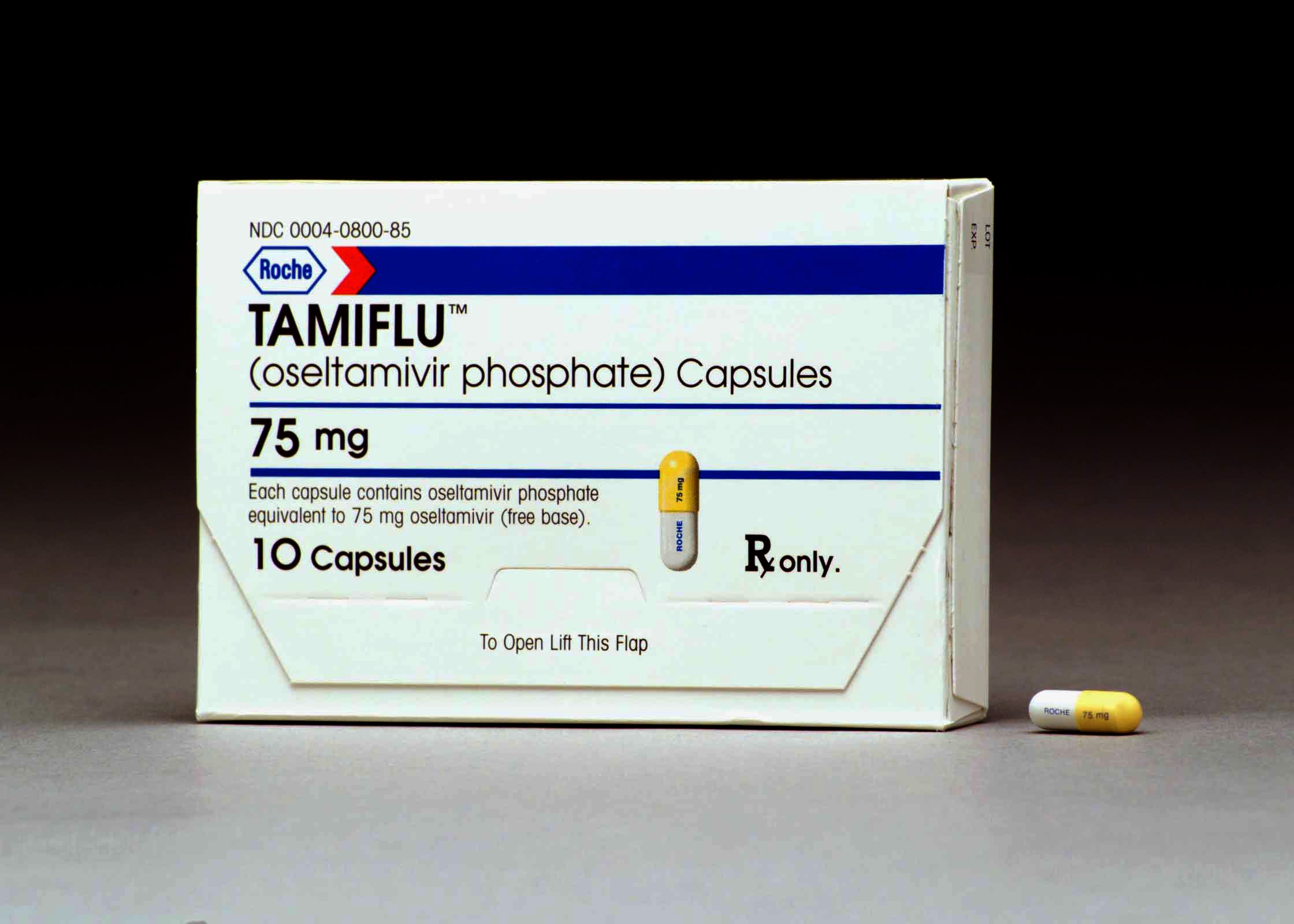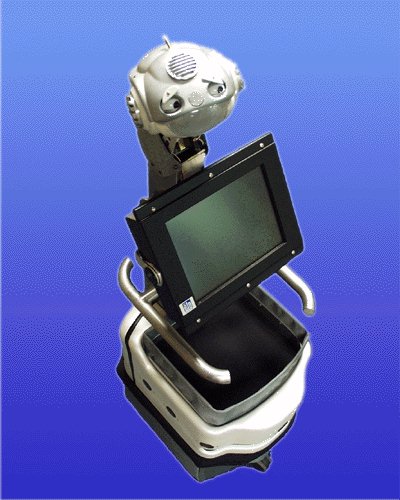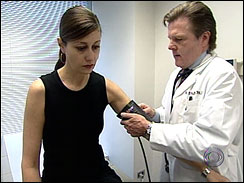The University of Medicine and Dentistry of New Jersey agreed today to reimburse the state and federal governments $4.9 million for double-billing the Medicaid program, and to allow a federal monitor to oversee its finances.
The agreement will allow the 35-year-old state-run college, New Jersey's only medical school, to avoid criminal prosecution for health-care fraud, U.S. Attorney Christopher Christie said in a statement.
Federal investigators for much of 2005 have been looking into the university's billing for Medicaid and Medicare patients as well as the alleged awarding of no-bid contracts to consultants with political ties and the alleged theft of documents that might be related to the prosecutor's case.
The school's board of trustees voted unanimously in favor of the agreement at a meeting today in Newark which was attended by Acting Governor Richard Codey. The university in the agreement acknowledged that it double-billed Medicaid, the government health-insurance program for the poor.
Now, I wonder who actually got the money from the fraud, and where it is now. It's a real shame that a medical school, with a good reputation, would get involved with type of activity.
















































